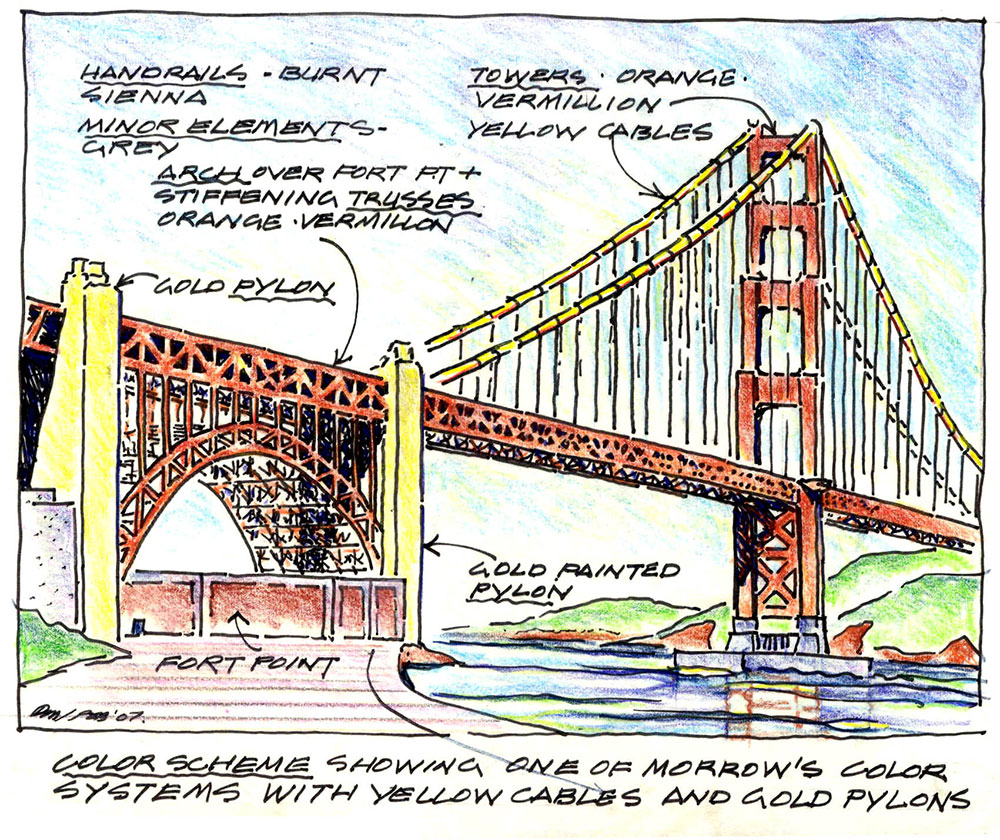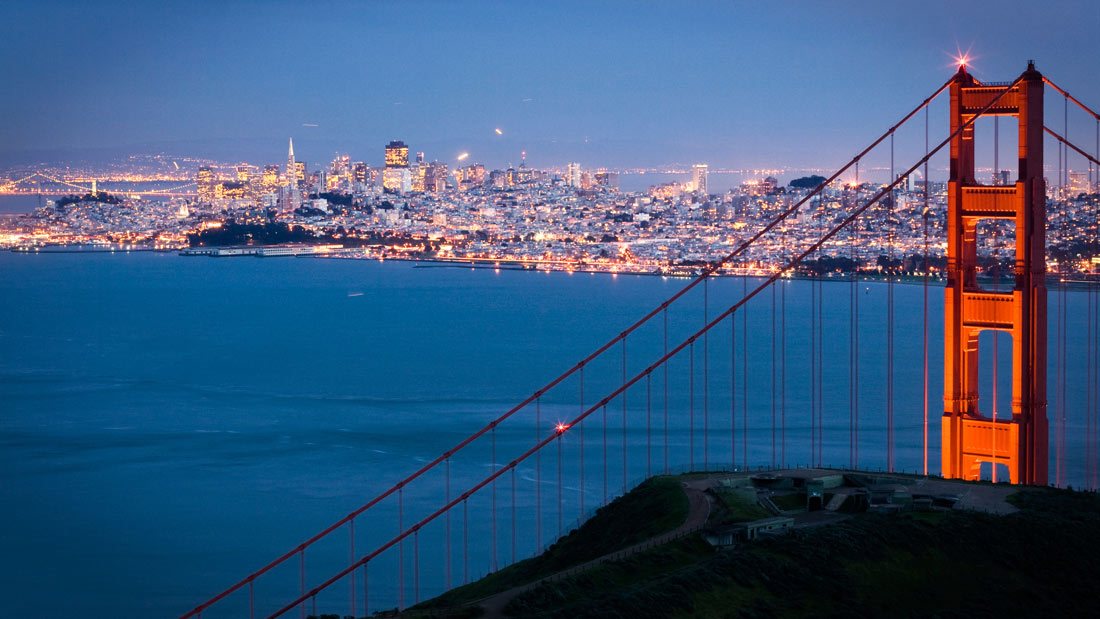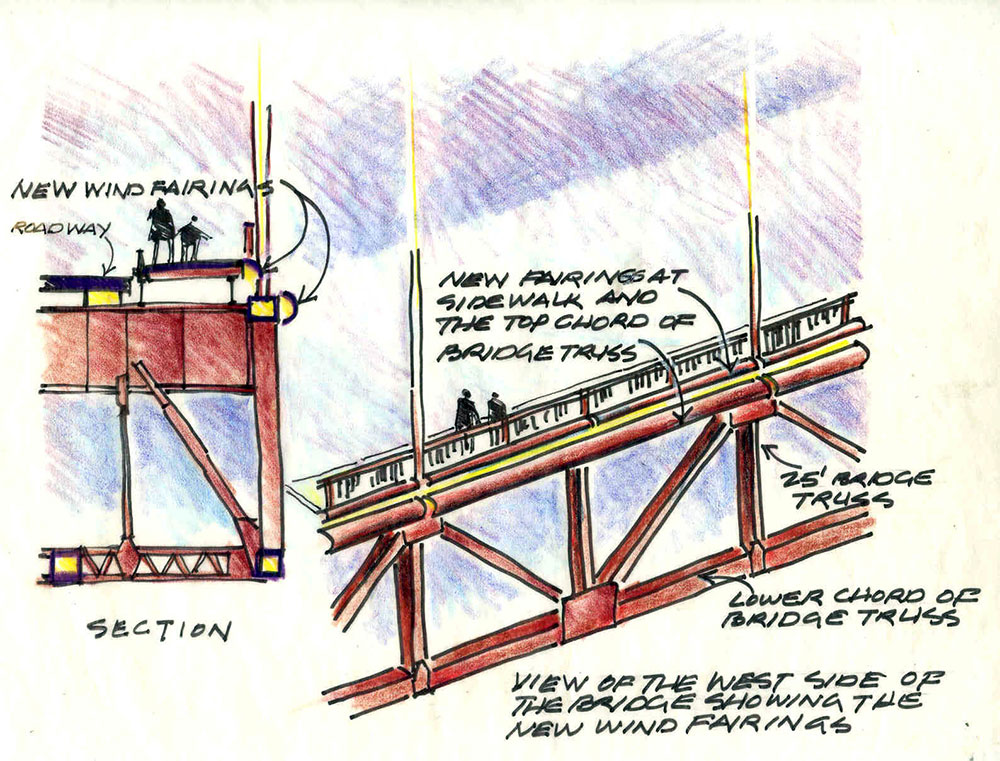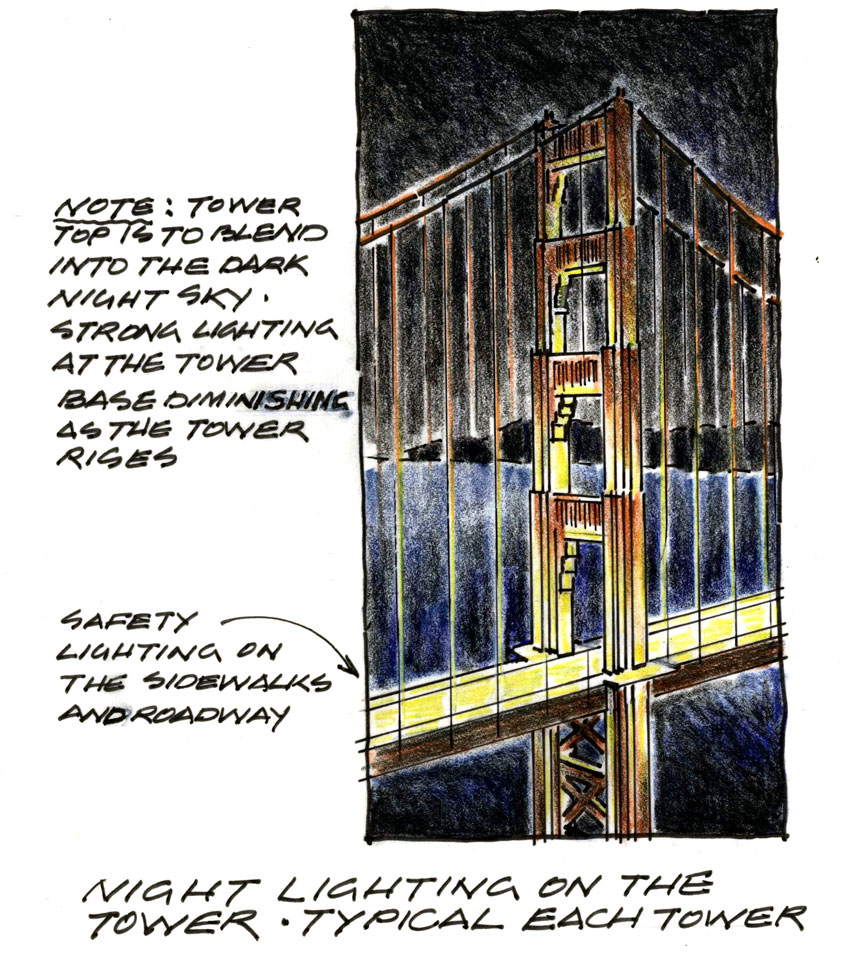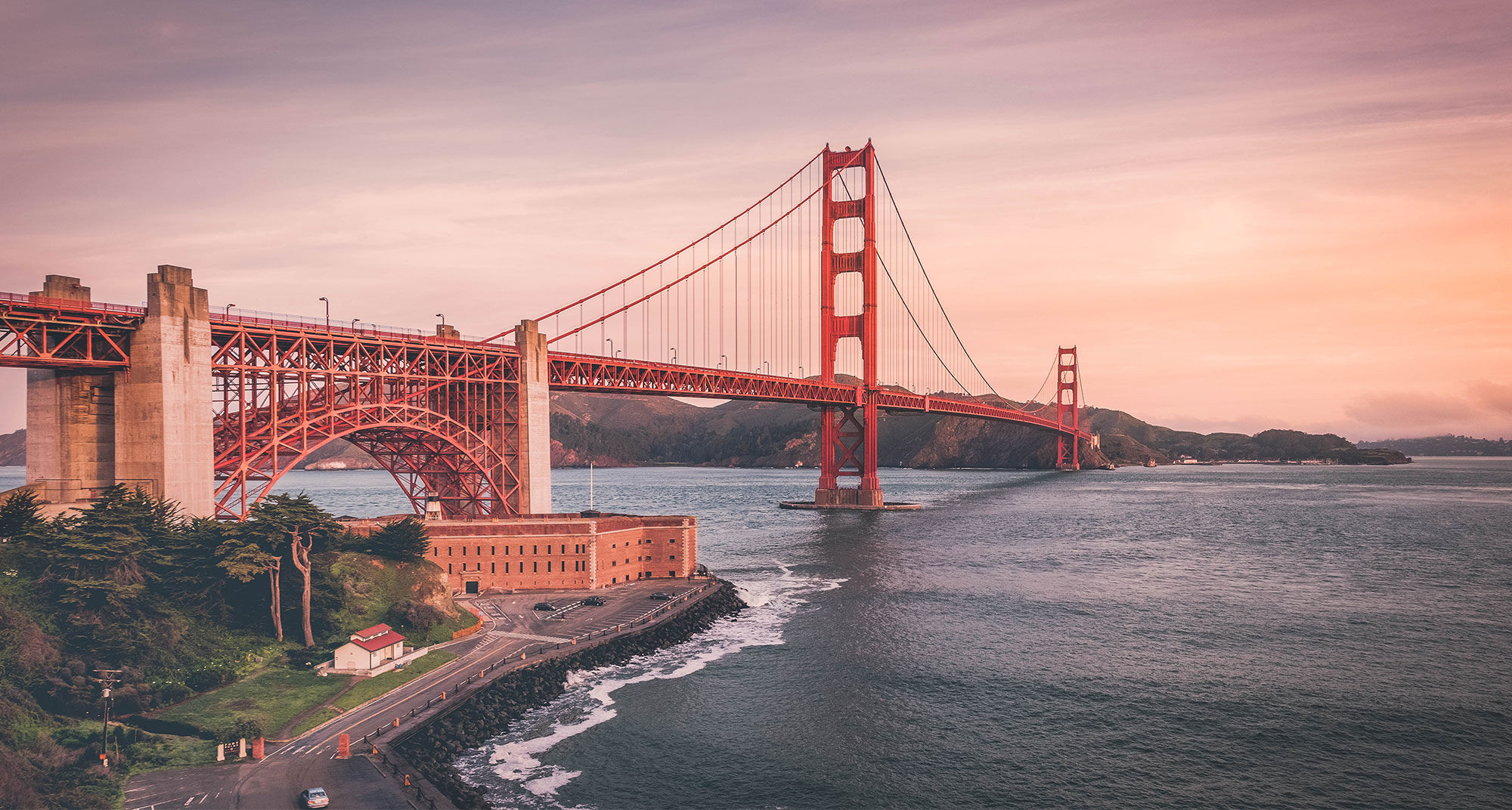2018 Project of the Year: Golden Gate Bridge Suicide Barrier, Construction Dive
2007 Outstanding Civil Engineering Achievement Award: American Society of Civil Engineers
2005 Special Earthquake Engineering Project of the Year Award: San Francisco Section of the American Society of Civil Engineers
1993 Distinguished Building Award: Society of American Registered Architects (SARA)
1989 Award for Architectural Excellence: Foundation for San Francisco Architectural Heritage
1984 National Civil Engineering Landmark: American Society of Civil Engineers (ASCE)

